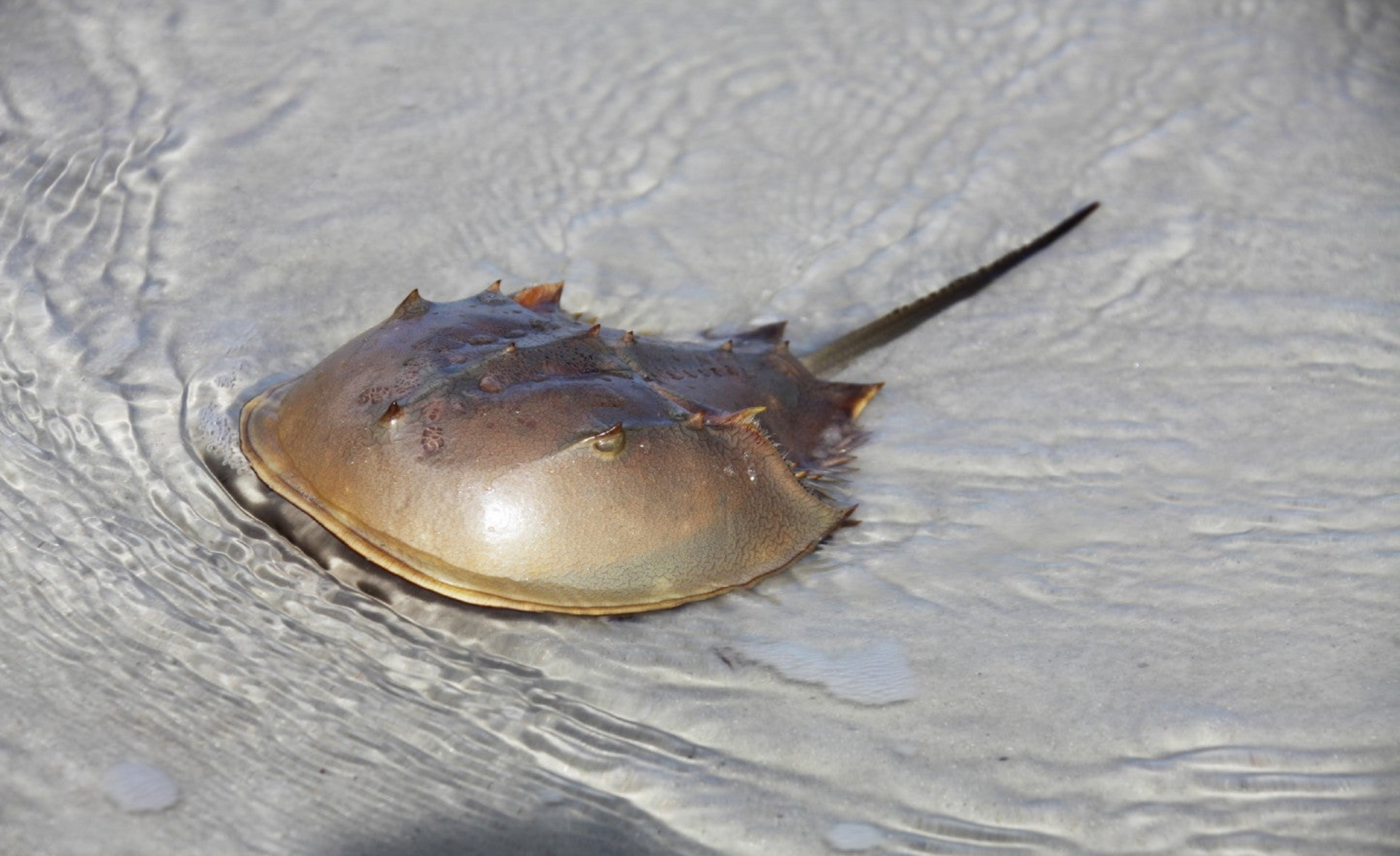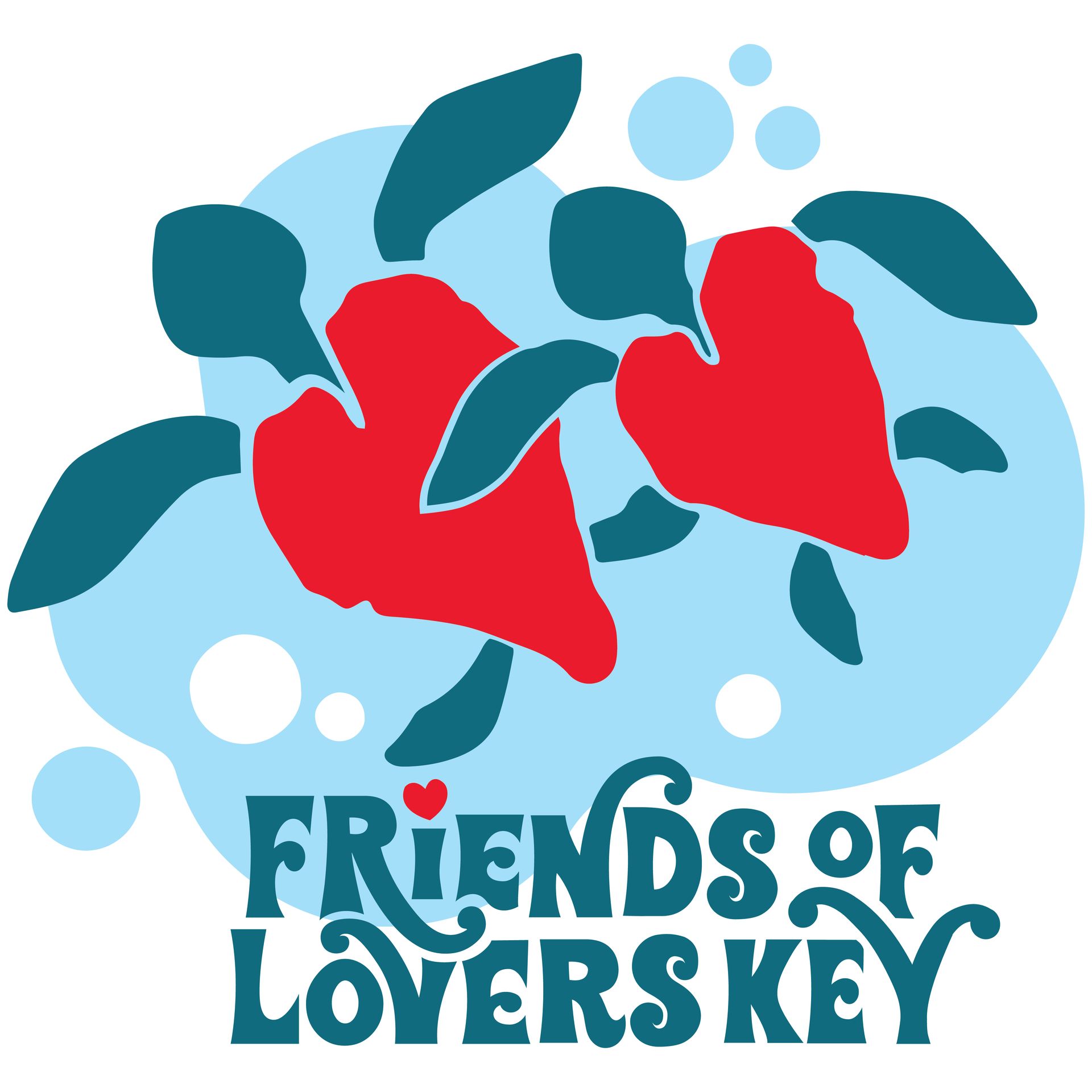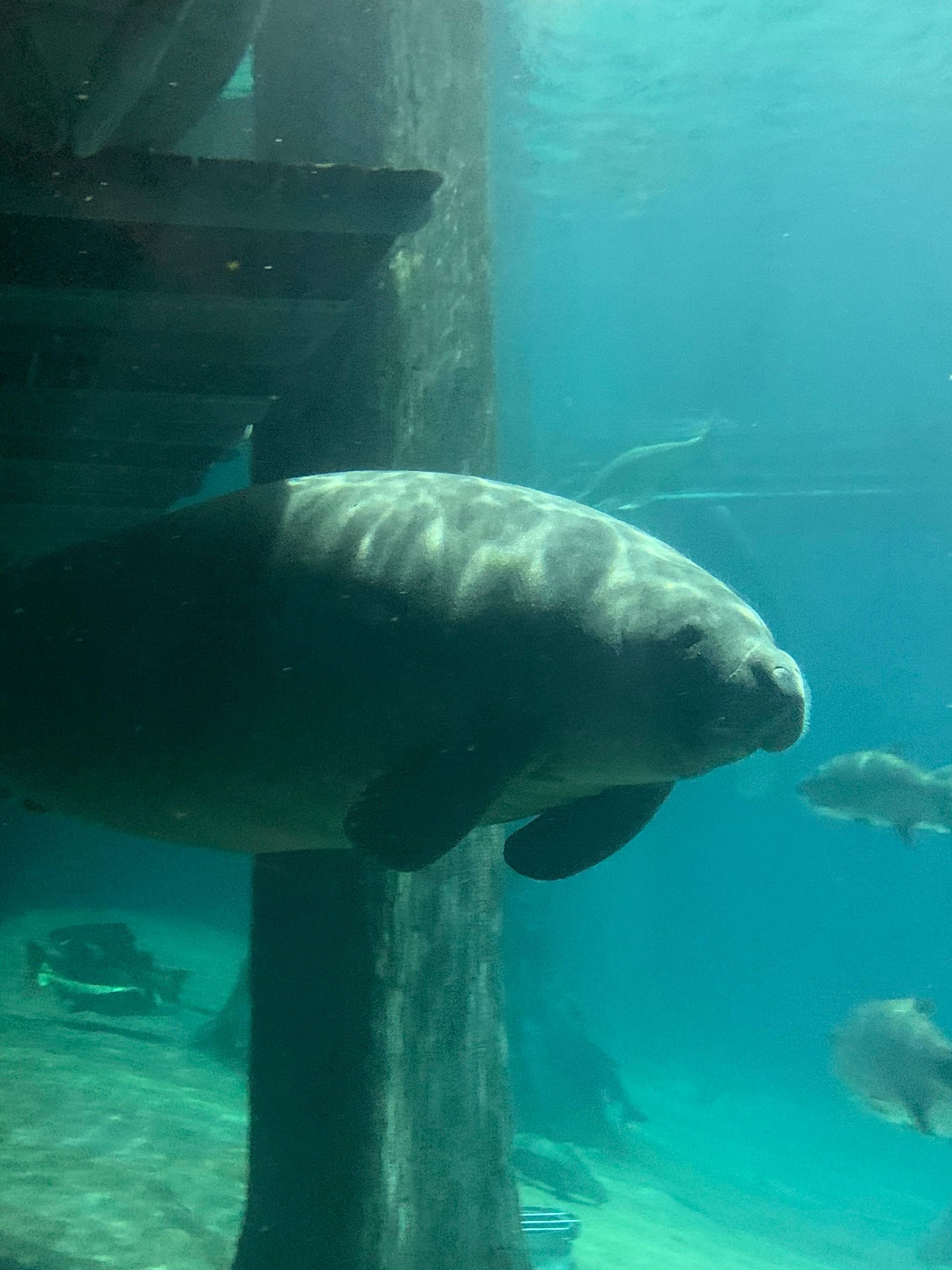Saving Our Feathered Friends: How Window Film Helps Stop Bird Collisions at Lovers Key State Park
If you’ve ever heard the sudden, heartbreaking thud of a bird hitting a window, you know how unsettling it can be. What may seem like a random accident is actually part of a much bigger, silent crisis. Each year, hundreds of millions of birds in North America die after colliding with glass windows on homes, offices, and even park visitor centers.
At Lovers Key State Park, this issue hit close to home—literally. With the opening of the Welcome and Discovery Center, surrounded by mangroves and coastal bird habitats, protecting wildlife from window collisions became a top priority. The solution? A simple yet powerful one: bird-safe window film.
Thanks to the installation of these films—and the stunning photography by Dennis Goodman capturing the project—the park now serves as both a sanctuary and an example of environmental stewardship in action.
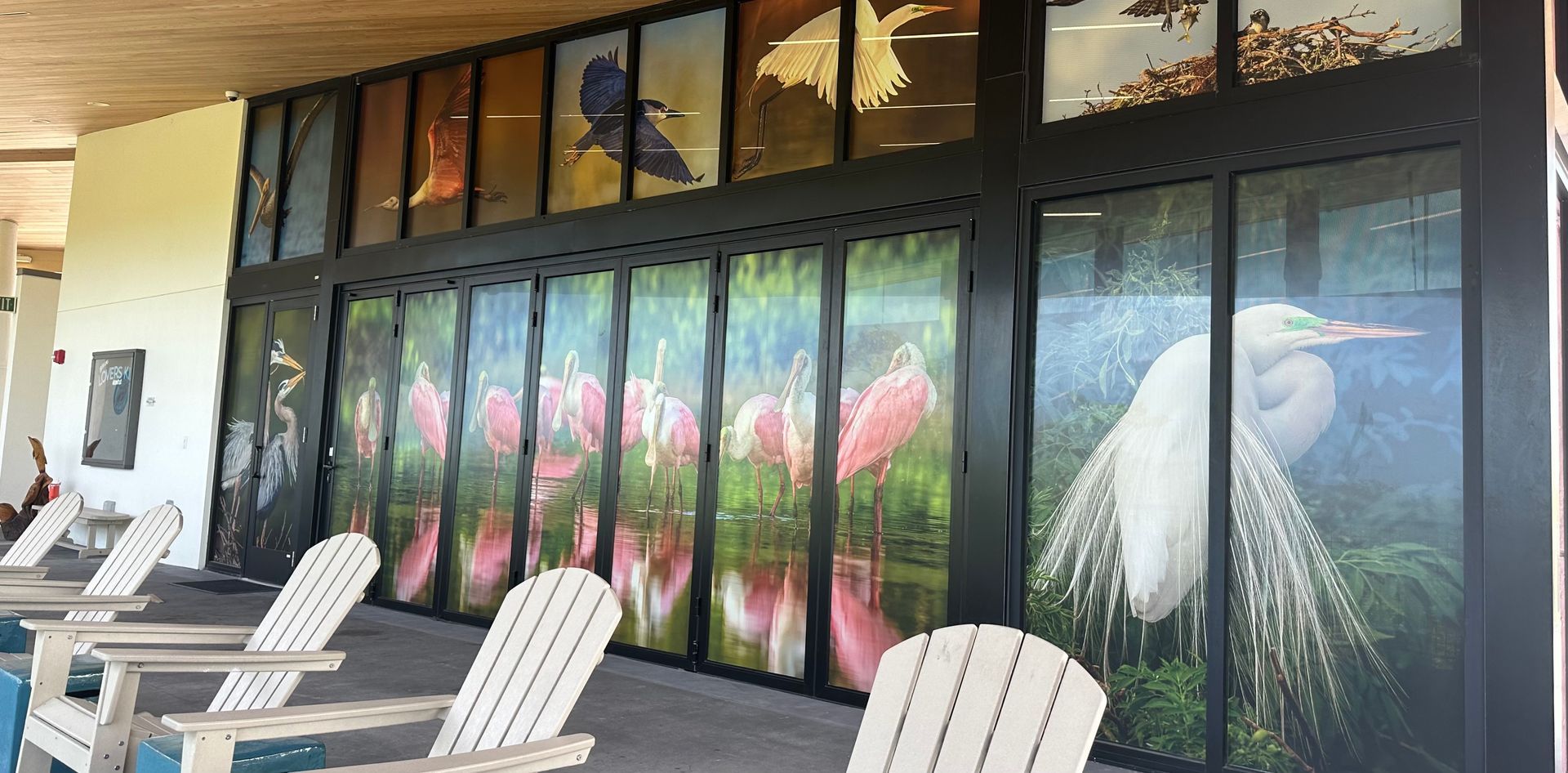
A Hidden Threat to Birds
Most people don’t realize that glass windows are among the deadliest human-made hazards for wild birds. According to the American Bird Conservancy, up to 1 billion birds die every year in the U.S. after colliding with glass.
Birds don’t perceive glass as a solid surface. Instead, they see reflections of the sky, trees, or water—and mistake them for open air. During daylight, reflective windows appear to be clear flight paths. At night, interior lights lure in migrating birds, disorienting them and leading to fatal impacts.
For a park like Lovers Key, where egrets, pelicans, herons, and warblers soar daily across the mangroves and estuary, reflective glass posed a serious risk. Something had to change.This is paragraph text. Click it or hit the Manage Text button to change the font, color, size, format, and more. To set up site-wide paragraph and title styles, go to Site Theme.
Why Birds Fly Into Windows
Understanding the problem is the first step to solving it. Birds collide with windows primarily because of:
- Reflections: Trees and clouds mirrored in the glass make windows look like natural landscapes.
- Transparency: Birds see through large, open windows—especially on corners—thinking they can fly straight through.
- Artificial Lights: Bright interior lights confuse nocturnal and migrating birds.
- Habitat Placement: Windows near native vegetation or water invite birds to approach, increasing strike risk.
The combination of glass architecture and natural scenery makes for a beautiful human experience—but without safeguards, it becomes deadly for wildlife.
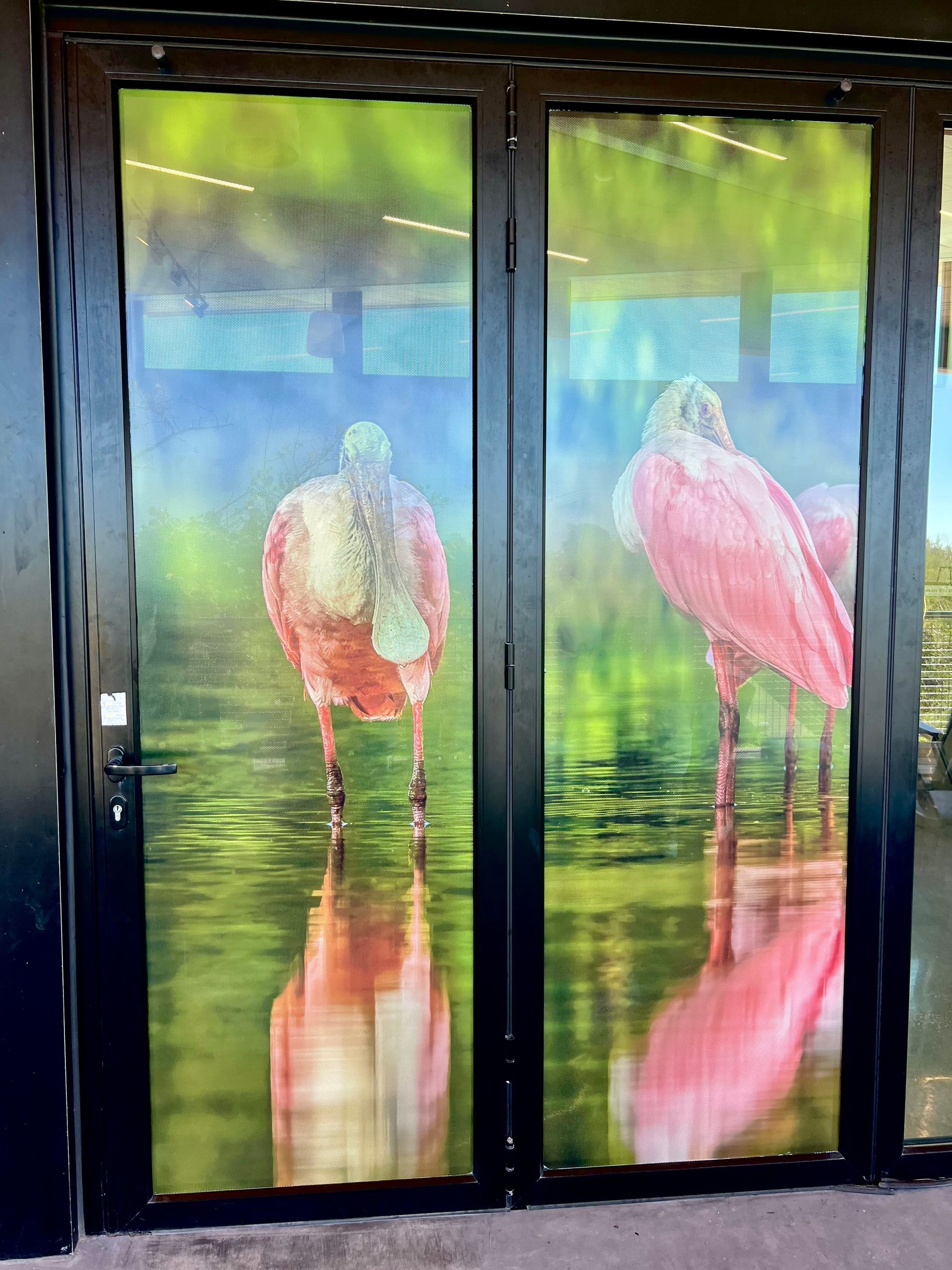
A Bird-Friendly Solution at Lovers Key
To address this issue, Friends of Lovers Key (FOLKS) took proactive steps to keep tragedy from striking. We installed bird-safe window film on the Welcome and Discovery Center, ensuring that the stunning glass façade remains safe for both visitors and the park’s avian residents.
The new window film, featured in breathtaking images by photographer Dennis Goodman, now adds another layer of meaning to the building’s design. Goodman’s photos highlight the delicate patterns of the film as sunlight filters through, creating a subtle, artistic texture that complements the natural beauty surrounding the center.
From the outside, the film patterns make the glass visible to birds. From the inside, visitors still enjoy the panoramic views of the mangrove forest and Estero Bay—without the risk of deadly collisions.
How Bird-Safe Window Film Works
Bird-safe window film prevents collisions by making glass visible to birds. To a human eye, the film’s patterns—whether dots, lines, or UV-reflective coatings—are subtle. But to a bird, they stand out clearly as a solid surface to avoid.
The most effective films follow the “2x4 Rule”: patterns no more than 2 inches apart horizontally and 4 inches apart vertically. This spacing prevents even small songbirds from trying to fly through.
At Lovers Key, the film design was carefully selected to balance aesthetics, durability, and bird protection. The effect is both functional and visually stunning—something that Dennis Goodman’s lens captures perfectly in his new images displayed throughout the Welcome and Discovery Center.
The Beauty of Science and Art Combined
Goodman’s photography showcases more than just a visual upgrade. His images tell a story—one of conservation, innovation, and harmony between humans and wildlife.
Each photo of the new window film installation reflects the park’s mission to inspire appreciation for the natural world while protecting it. In the morning light, the film shimmers softly; at sunset, it blends seamlessly into the landscape. These subtle details remind visitors that even the smallest design choices can have a profound impact on local ecosystems.
For guests touring the Discovery Center, these images serve as both education and inspiration, illustrating how science, art, and environmental care can coexist beautifully.
Beyond Beauty: The Benefits of Window Film
While the main goal is bird safety, window films offer several added benefits:
- Energy Efficiency: Some films help reduce UV rays and heat, keeping the building cooler and lowering energy costs.
- Glare Reduction: Natural light still floods the space without harsh reflections.
- Privacy and Aesthetics: The gentle patterning adds a modern touch while maintaining open, inviting views.
- Longevity: Durable, weather-resistant films can withstand the Florida sun and salt air for years.
At Lovers Key, these advantages align perfectly with the park’s commitment to sustainability and stewardship.
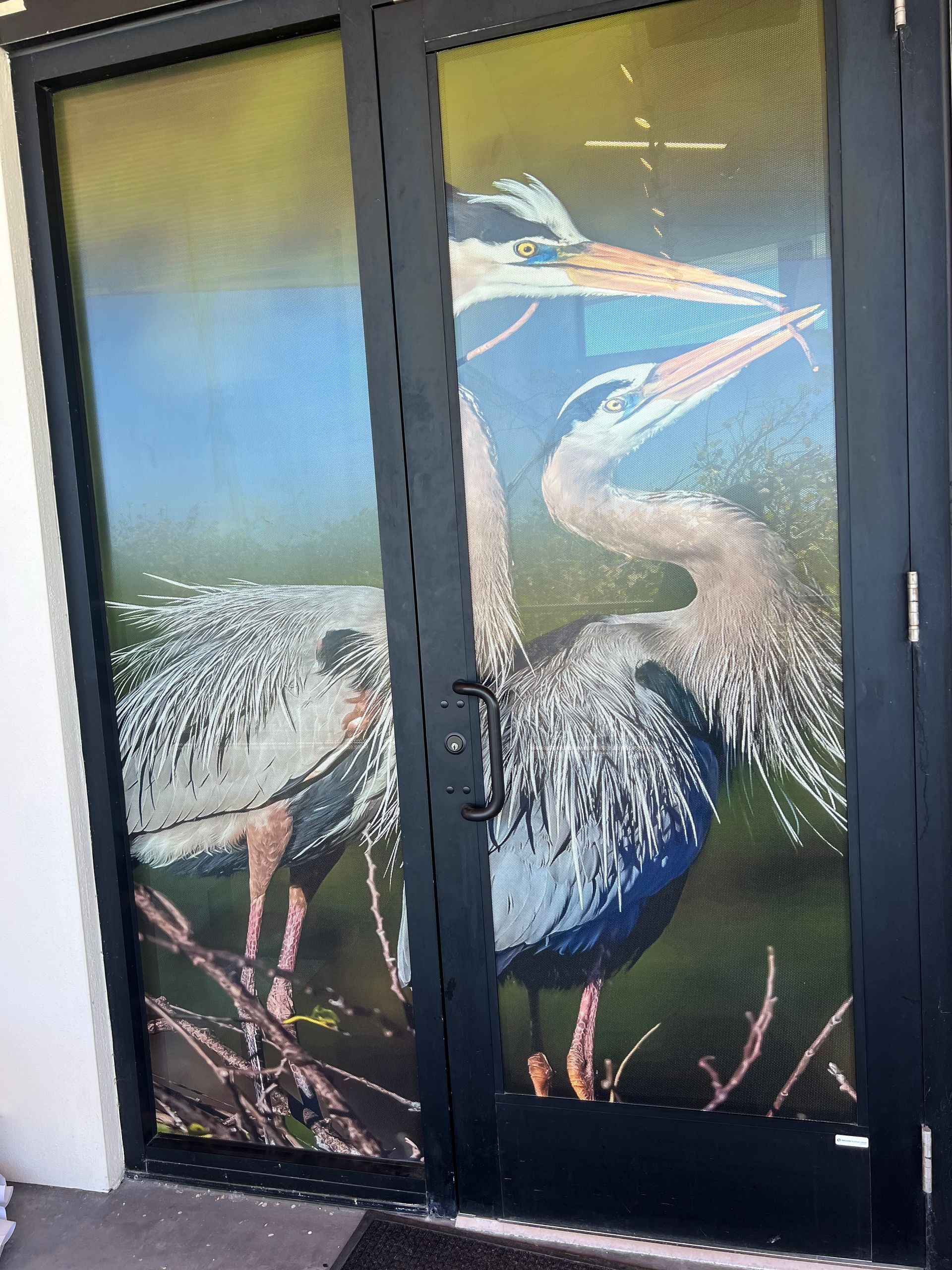
A Model for Conservation Design
By integrating bird-safe design elements, Lovers Key State Park has become a model for other coastal facilities and nature centers. The Welcome and Discovery Center now stands as a living example of how thoughtful architecture can protect the wildlife it celebrates.
The project also highlights the power of partnerships—between Friends of Lovers Key, park management, local artisans, and conservation-minded photographers like Dennis Goodman, whose work continues to inspire community awareness and appreciation.
How You Can Help Birds at Home
You don’t have to manage a state park to make a difference. Here are simple steps you can take to protect birds around your home or business:
- Install bird-safe window film on large or reflective windows.
- Turn off indoor and outdoor lights at night during spring and fall migration seasons.
- Reposition bird feeders close to windows (within 3 feet) or far away (over 30 feet) to reduce fatal strikes.
- Plant native shrubs and trees to create safe habitats away from glass surfaces.
- Educate others—share what you’ve learned and encourage your community to take action.
Every small effort helps ensure that our skies remain filled with the wings and songs of healthy bird populations.
A Reflection of Love for Nature
At Lovers Key State Park, the shimmering windows of the Welcome and Discovery Center no longer pose a silent threat—they now stand as a symbol of protection and partnership. Through collaboration, creativity, and conservation, this project has turned potential harm into hope.
The next time you visit the park, take a moment to look at the windows—really look. Notice the delicate patterns, the play of light, and the stunning photographs by Dennis Goodman capturing how human design and natural beauty can truly align.
Each pane of glass now reflects more than the sky—it reflects our shared commitment to loving Lovers Key and the wildlife that makes it extraordinary.

Share This Article
